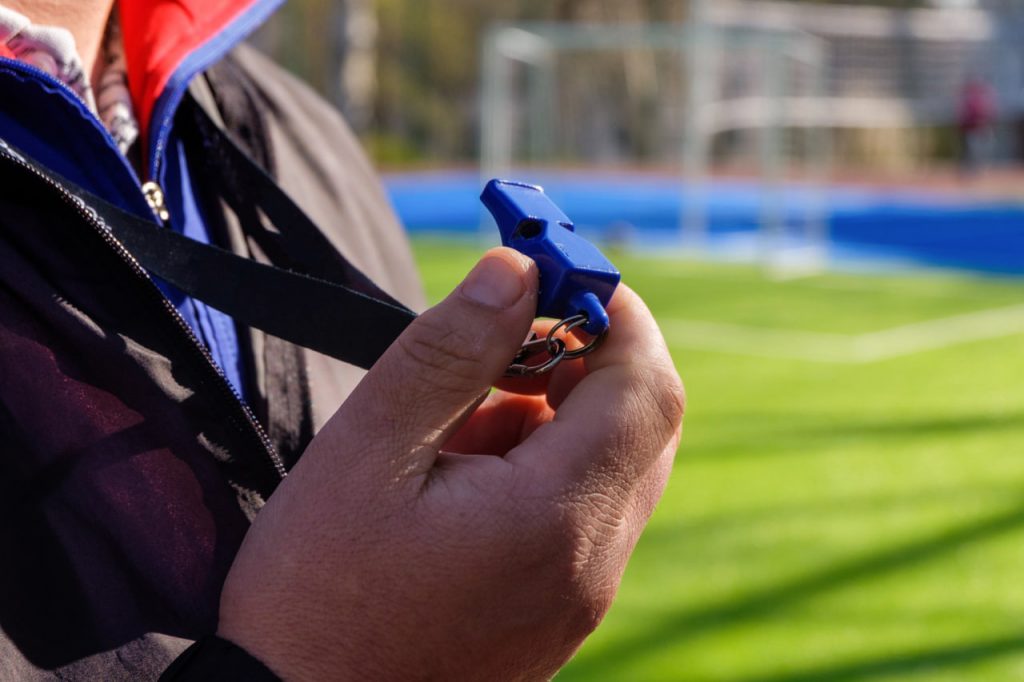Stepping into a Whistle Making Art workshop means entering a world where creativity, tradition, and hands-on craftsmanship come together to create something truly special. Unlike many modern hobbies dominated by screens and instant gratification, whistle making invites you to slow down, focus, and engage all your senses in the art of making a simple yet beautiful instrument.
The Welcome and Introduction
Every workshop begins with a warm welcome from our passionate instructors who introduce not only the practical side of whistle making but also its fascinating history. Participants learn how whistles have been used throughout centuries — as musical instruments, signaling devices, toys, and cultural artifacts — creating a deeper appreciation for the craft they are about to undertake.
This context sets the tone, reminding everyone that whistle making is more than just a fun activity; it’s a link to generations of artisans and traditions around the world.
Selecting Materials: The Foundation of Your Whistle
One of the first hands-on moments in the workshop is selecting the wood. We provide a variety of natural materials — often sustainably sourced — each with unique qualities. From the light, resonant tones of cedar to the warm richness of cherry or maple, the choice of wood influences both the sound and aesthetic of the final whistle.
Our instructors explain the characteristics of each material, guiding participants to pick a piece that resonates with their vision and personality. This initial connection between maker and material is an important step — it turns a raw block of wood into the foundation of a personal creation.
Crafting the Shape: From Block to Whistle
Once the material is chosen, the real crafting begins. Using traditional hand tools such as carving knives, gouges, and files — alongside some modern, safe aids — participants carefully shape their whistle. This process requires focus, patience, and fine motor skills, but it’s also incredibly rewarding.
Guided by experienced instructors, everyone learns the techniques to hollow out the body of the whistle, carve the mouthpiece, and create the necessary chambers that allow the whistle to produce sound. The tactile nature of this work is meditative; many participants find themselves fully immersed, losing track of time as they shape and refine their piece.
The workshop environment encourages questions, experimentation, and sharing tips, making it a supportive space for learning.
Tuning: The Magic of Sound
Arguably one of the most exciting phases of the workshop is tuning your whistle. This stage transforms the crafted piece from a silent object into a musical instrument.
Participants blow into their whistles and listen closely as the instructors explain how subtle changes to the shape and size of the mouthpiece, air channel, and chamber affect pitch and tone. Adjusting these elements often involves trial and error — shaving tiny bits of wood here, smoothing a curve there — until the whistle produces a clear, pleasant sound.
This hands-on discovery is where art meets science. It deepens the maker’s understanding of acoustics, breath control, and musicality, all while fostering patience and attention to detail.
Personalizing Your Whistle: Adding the Finishing Touches
After tuning comes the opportunity to make the whistle truly your own. Participants sand their whistles smooth, removing rough edges and preparing the surface for finishing. Many choose to add natural stains, oils, or simple carvings that reflect their personality or tell a story.
This finishing step completes the transformation from raw material to cherished keepsake. The personal touches not only enhance the beauty of the whistle but also deepen the emotional connection between maker and creation.
Community and Connection
Throughout the workshop, there is a palpable sense of community. Participants often share stories about why they chose to join, their experiences with crafts, or what they hope to take away from the session. These moments of connection turn the workshop into more than just a class — it becomes a shared journey.
The environment is welcoming and inclusive, encouraging people of all ages and backgrounds to explore creativity without judgment. This sense of belonging adds a special dimension to the learning process.
Leaving with More Than a Whistle
At the end of the workshop, each participant leaves with a handmade whistle — a tangible symbol of their effort, creativity, and new skills. But more than that, they carry away a sense of accomplishment, a deeper understanding of an ancient craft, and memories of a meaningful, hands-on experience.
Many tell us that the whistle reminds them to slow down, listen, and appreciate the beauty in simple things. For some, it sparks a new hobby; for others, it’s a moment of reconnecting with a forgotten form of creativity.
Why Join a Whistle Making Workshop?
If you’re seeking a unique creative outlet that blends history, craftsmanship, and personal expression, a whistle making workshop offers something truly special. It’s a chance to disconnect from everyday distractions, engage your hands and mind, and create something both beautiful and functional.
At Whistle Making Art, we believe in the power of making — not just to produce objects but to build skills, inspire wonder, and foster connection. Our workshops are designed to welcome everyone, whether you’ve never picked up a carving tool before or you’re looking to refine your artisanal skills.

